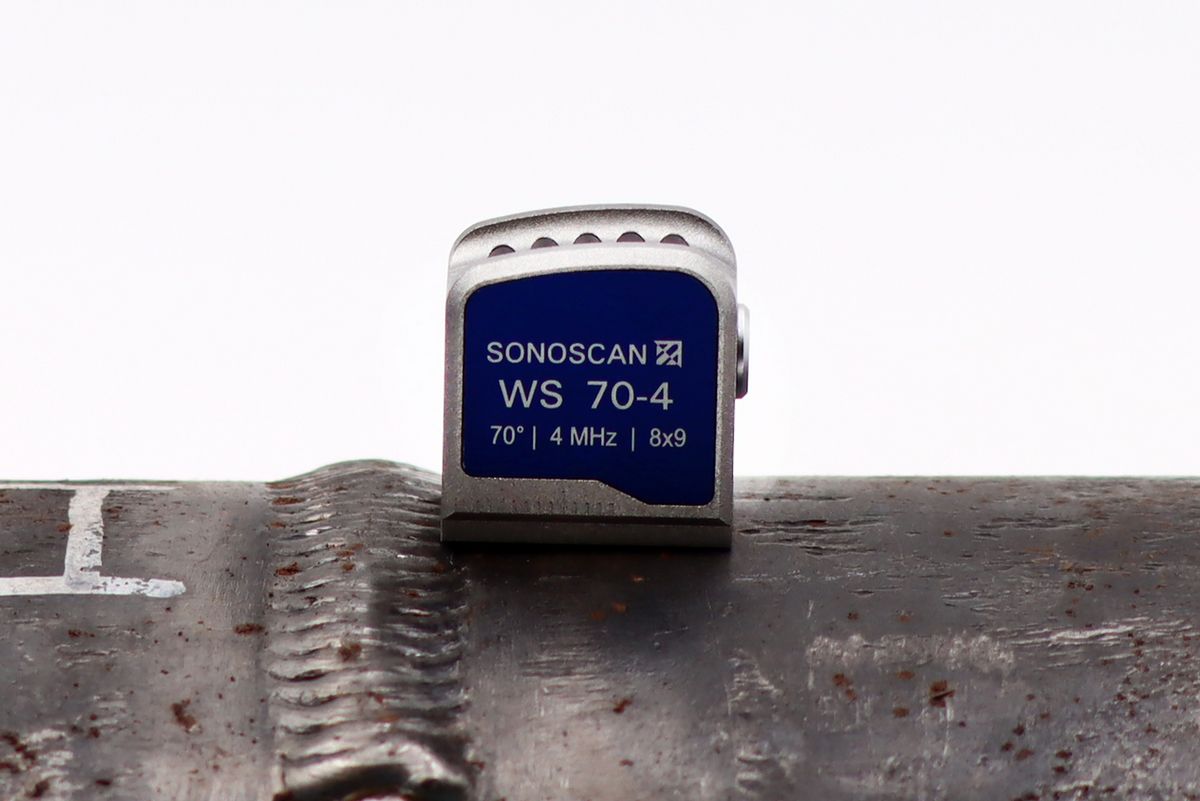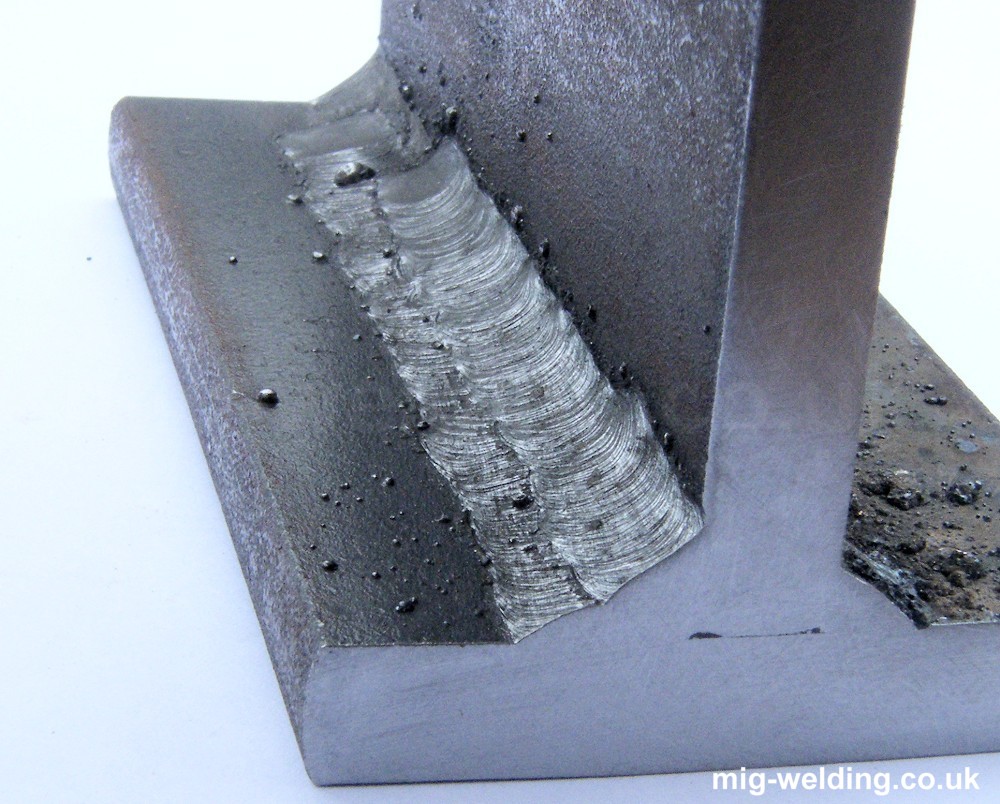Specialist Methods for Preventing Weld Undercut Efficiently
Specialist Methods for Preventing Weld Undercut Efficiently
Blog Article
Understanding the Art of Welding: Just How to Avoid Undercut Welding Issues for Flawless Manufacture Outcomes
Efficiency and precision are vital on the planet of welding, where also the tiniest flaw can compromise the structural honesty of a fabricated piece. One usual difficulty that welders face is damaging, a defect that can lead and compromise a weld joint to expensive rework. By understanding the origin of undercut welding and executing efficient strategies to stop it, welders can raise their craft to new levels of excellence (Preventing weld undercut). In the search of perfect construction results, grasping the art of welding to stay clear of undercut problems is not just an ability yet a necessity for those pursuing perfection in their job.
Understanding Undercut Welding

To stop undercut welding, welders must guarantee correct welding specifications, such as adjusting the current, voltage, traveling rate, and keeping the proper electrode angle. In addition, utilizing the proper welding technique for the details joint setup is necessary. Employing weaving movements or backstepping techniques can help guarantee appropriate weld steel deposition and lower the likelihood of undercut development. Routine inspection of welds throughout and after the welding procedure is additionally vital to capture any type of undercut very early and make needed modifications to stop additional flaws. Preventing weld undercut. By comprehending the reasons for undercut welding and implementing safety nets, welders can attain top quality, structurally audio welds.
Root Causes Of Undercut in Welding
Comprehending the aspects that contribute to undercut in welding is crucial for welders to produce top notch, structurally sound welds. Poor welding current or wrong welding speed can also add to damage. Understanding these causes and carrying out appropriate welding strategies can help prevent damaging problems, ensuring resilient and strong welds.
Strategies to Protect Against Undercutting

To minimize the danger of undercutting in welding, welders can employ critical welding strategies intended at boosting the high quality and stability of the weld joints. One effective approach is to readjust the welding specifications, such as voltage, existing, and take a trip rate, to guarantee correct warmth input and deposition. Keeping a suitable electrode angle and guaranteeing regular traveling speed can additionally aid prevent undercut. Furthermore, utilizing the appropriate welding method for the specific joint setup, such as weave or stringer beads, can add to reducing undercutting. Preventing weld undercut.
Furthermore, correct joint preparation, including making sure tidy base materials complimentary of impurities and utilizing the ideal welding consumables, is essential in avoiding undercut flaws. Employing back-step welding techniques and regulating the weld bead profile can likewise help distribute warm equally and minimize the threat of undercut. Regular examination of the weld joint during and after welding, in addition to carrying out quality assurance measures, can help directory in identifying and attending to undercutting concerns immediately. By carrying out these methods diligently, welders can attain remarkable construction results with minimal undercut issues.
Relevance of Correct Welding Criteria
Choosing and keeping suitable welding parameters is important for achieving successful welds with minimal defects. Welding specifications describe variables such as voltage, existing, travel speed, electrode angle, and securing gas flow rate that directly affect the welding procedure. These criteria Discover More should be very carefully readjusted based upon the kind of product being bonded, its thickness, and the welding method utilized.
Correct welding criteria make sure the correct amount of warm is related to melt the base metals and filler material consistently. If the specifications are set too expensive, it can cause excessive warmth input, creating spatter, distortion, or burn-through. On the various other hand, if the criteria are as well reduced, insufficient combination, lack of infiltration, or undercutting might happen.
Quality Control in Welding Workflow

Final Thought
In conclusion, understanding the art of welding needs a complete understanding of undercut welding, its causes, and strategies to avoid it. By guaranteeing proper welding criteria and carrying out quality guarantee methods, remarkable construction results can be attained. It is vital for welders to consistently pursue excellence in their welding procedures to prevent undercut issues and create top quality welds.
Undercut welding, an usual problem in welding procedures, happens when the weld steel doesn't effectively fill the groove and leaves a groove or clinical depression along the welded joint.To protect against undercut welding, welders ought to make certain proper welding criteria, such as adjusting the present, voltage, traveling speed, and preserving the correct electrode angle. Insufficient welding existing or incorrect welding speed can likewise contribute to undercut.To mitigate the risk of damaging in welding, welders can use strategic welding methods intended at enhancing the high quality and honesty of the weld joints.In conclusion, mastering the art of welding calls for an extensive understanding of undercut welding, its reasons, and techniques to avoid it.
Report this page